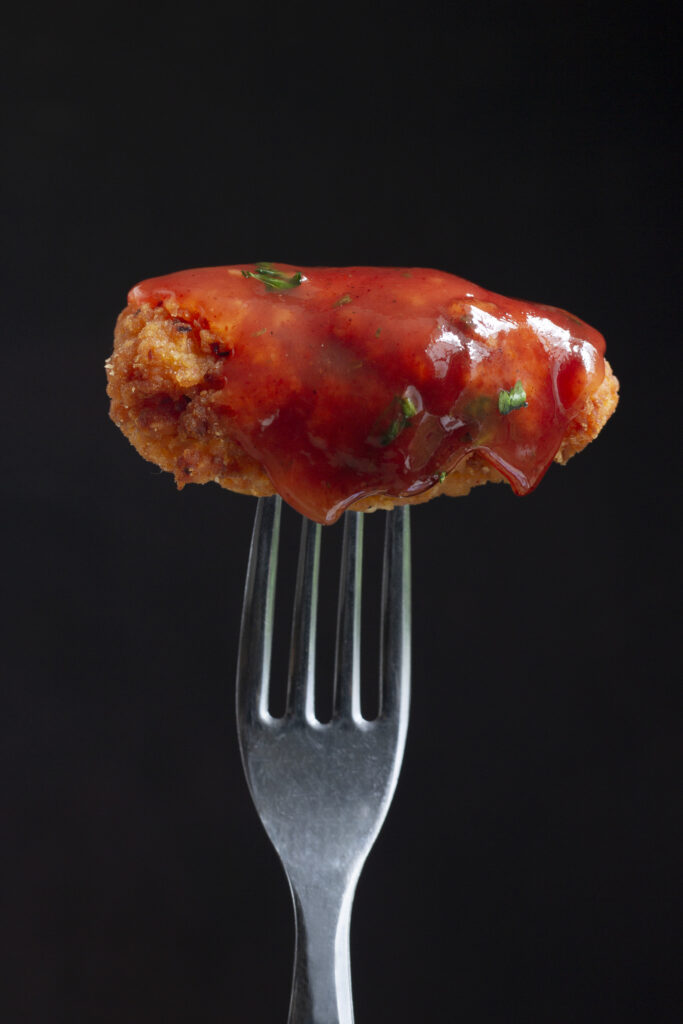Saucing chicken wings is an art, and every wing lover has their preference. The question “Do you sauce chicken wings before or after cooking?” sparks debate, as each method impacts flavor, texture, and crispiness. In this guide, we’ll explore the pros and cons of each technique to help you achieve perfect wings every time.

Why Saucing Timing Matters
When deciding whether to sauce chicken wings before or after cooking, consider how each method influences flavor and texture.
Why Saucing Before Cooking Matters
- Flavor Infusion: Saucing before cooking allows the marinade to soak into the meat, creating a rich and layered taste.
- Caramelization: Heat caramelizes sugar-based sauces, adding depth and smokiness.
Why Saucing After Cooking Matters
- Maintains Crispiness: Saucing after cooking ensures the wings’ crispy exterior remains intact.
- Bold Flavor: Post-cooking sauces stay fresh and vibrant, adding a final punch of flavor.
What Happens When You Sauce Before Cooking?
Saucing wings before cooking infuses flavor directly into the meat. However, it also comes with challenges, particularly with high-sugar sauces that can burn during cooking.
Pros of Saucing Before Cooking
- Flavor deeply penetrates the chicken.
- Sugar in the sauce caramelizes, creating a smoky taste.
Cons of Saucing Before Cooking
- High-sugar sauces may burn if cooked at high temperatures.
- Wings may lose their crispiness.
Learn more about how pre-cooking techniques impact flavor with this Serious Eats guide.
Techniques for Saucing Before Cooking
If you opt to sauce chicken wings before cooking, follow these steps:
- Dry the Wings Thoroughly: Pat the wings dry to help the sauce stick.
- Choose the Right Sauce: Avoid sugary sauces to prevent burning.
- Apply Thin Coats: Use a light hand when applying the sauce.
- Bake or Grill at Medium Heat: These methods reduce the risk of burning.
What Happens When You Sauce After Cooking?
Saucing wings after cooking is the go-to method for crispy, flavorful wings. It’s particularly effective when frying or air frying, as it preserves the crispy skin.
Pros of Saucing After Cooking
- Retains the wings’ crispy texture.
- Allows for stronger, fresher sauce flavors.
Cons of Saucing After Cooking
- The flavor doesn’t penetrate the meat.
- Wings must be served immediately to maintain crispiness.
For more tips, explore The Spruce Eats’ guide to perfect chicken wings.
Techniques for Saucing After Cooking
To achieve perfectly sauced wings without compromising crispiness:
- Toss the Wings While Hot: Warm wings help the sauce adhere evenly.
- Use a Large Mixing Bowl: Toss in batches for even coating.
- Don’t Over-Sauce: A light coating prevents sogginess.
The Hybrid Approach: Saucing Twice
For the ultimate combination of flavor and texture, try the hybrid approach.
- Base Layer: Apply a light sauce before cooking for flavor infusion.
- Final Coat: Toss wings in a fresh layer of sauce after cooking.
FAQs About Saucing Chicken Wings
Should You Sauce Chicken Wings Before or After Cooking?
Sauce before cooking for caramelized flavor; sauce after cooking for crispiness.
How Do You Keep Wings Crispy After Saucing?
Use a light coat of sauce and serve immediately.
What’s the Best Sauce for Pre-Cooked Wings?
Choose marinades or herb-based sauces with low sugar to avoid burning.
Conclusion
Deciding whether to sauce chicken wings before or after cooking depends on your goals. For crispiness, sauce after cooking; for deeper flavor, sauce before. Experiment with these techniques and create your perfect batch of wings.
